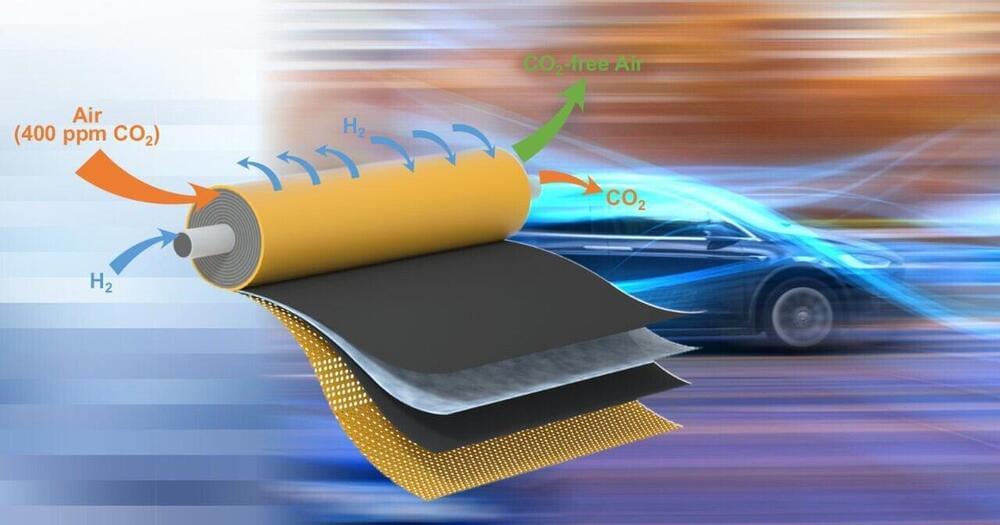ASUS Thor PSU won’t supply 600W of power through PCIe Gen5 connector ASUS’s first PCIe Gen5 power supplies won’t be 100% compliant with the new standard.
Earlier this week it was discovered that the ASUS 12-pin cable which is supposedly the Gen5 Ready, is actually the same cable that NVIDIA ships for its GeForce RTX 30 Founders Edition graphics cards. However, there is a small twist to this story.
It appears that we might finally know the difference between the PCIe Gen5 12-pin power cable and the 12+4-pin version. The latter is the full spec cable offering 12 pins alongside special 4 data signal paths. Those data pins are required to be fully compliant with the PCI-SIG’s “12VHPWR High Power Connector (H+)” standard, the supposed new high-power connector for next-gen GPUs.
In order to supply more than 450W of power, the cable must have one of those signals grounded. Since ASUS Thor PSUs only have 12-pin cable and the company has confirmed earlier it ‘pipes up to 600W of power’, then this signal must have been internally grounded.






